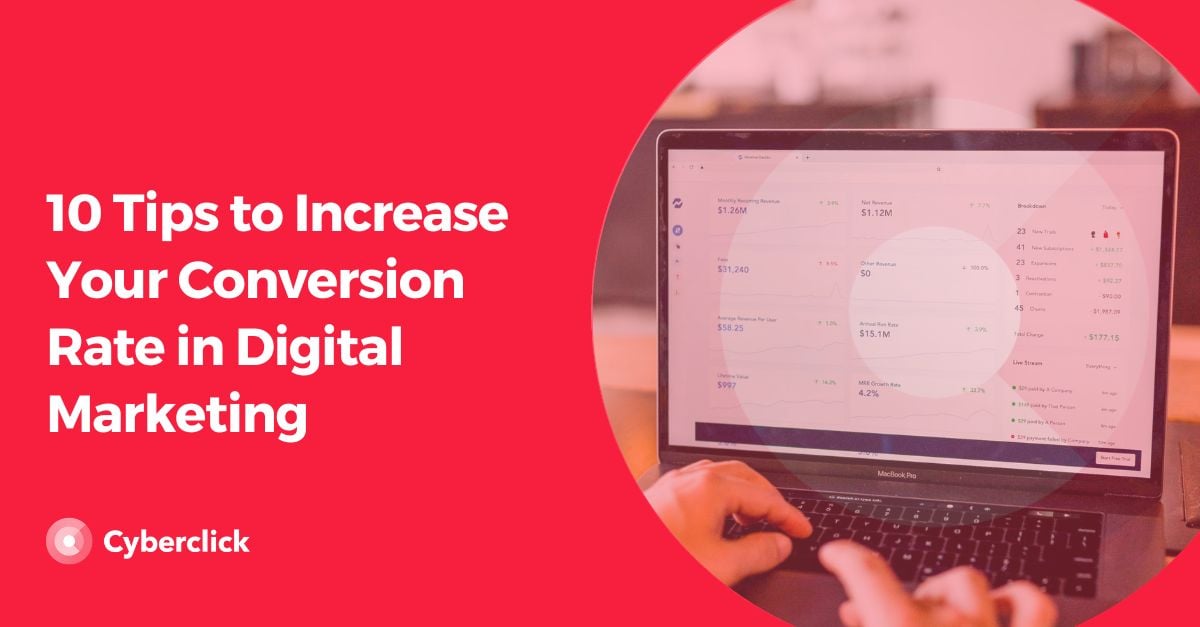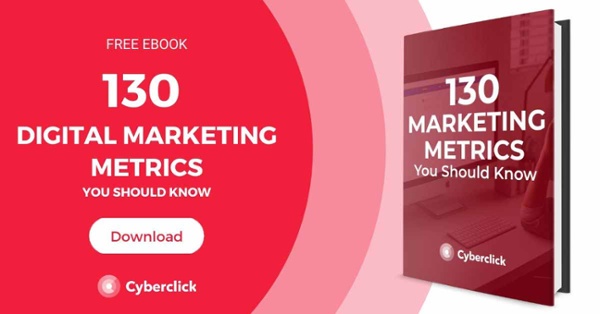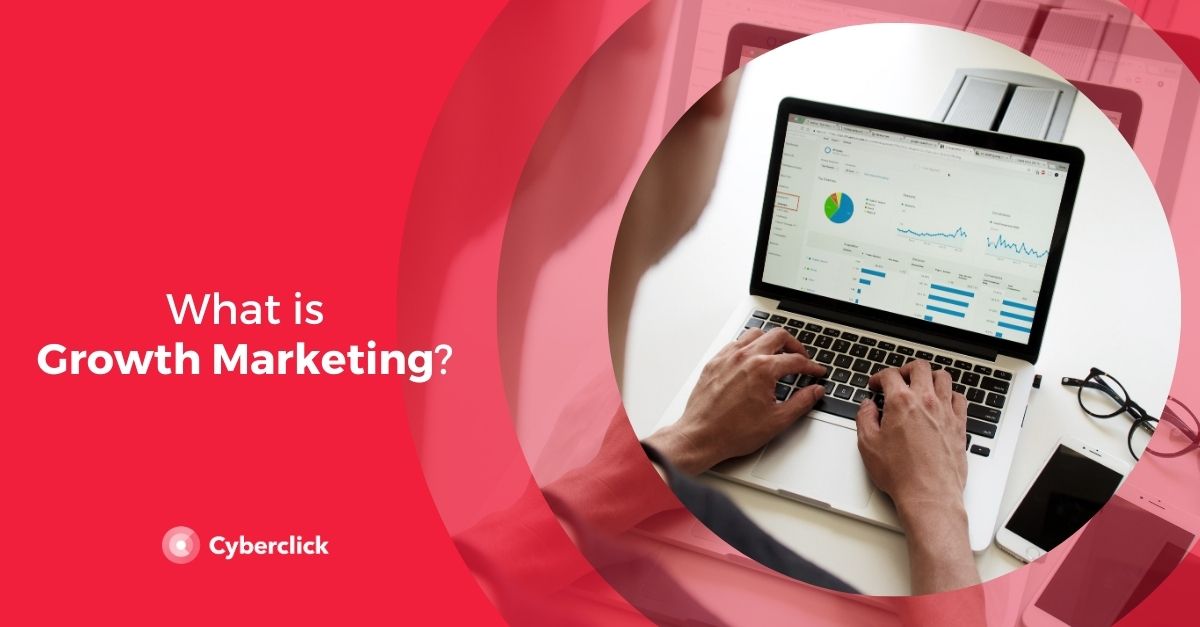The conversion rate refers to the percentage of people who have visited your website and completed an action you consider a conversion, and is pretty much the Holy Grail of digital marketing. The act of increasing this conversion rate is often called conversion marketing, and this is fundamental to increasing your return on investment and making the most of your digital marketing budget.
Testing and retesting, using heat maps, optimizing your page's forms, including clear calls to action, having social media presence, and being mobile friendly are a few of our top 10 tips to increasing your conversion rate. Keep reading!
1. Test, Test, and Test Again
A/B tests are vital. For any change you want to apply to your website, create a test page and analyze the results. Don’t just pay attention to the number of visits, but also to metrics such as the session duration, the bounce rate, and of course, the sales conversion rate.
Think of every element of your campaign (email subject lines, images, ad copy, etc.) and its possible variations, and then perform rigorous A/B and A/B/C tests. This will let you see what your audience responds to and, based on that, your digital marketing efforts will be more effective.
2. Use Heat Maps
Heat maps illustrate your users' behaviors when they are navigating your web pages. Which elements do they pay most attention to? Where do they get tired of your page? Are they ignoring your CTA button? Once you have this information, you can use it to optimize your site.
3. Optimize Your Forms
To be successful, any conversion strategy needs to rely on a solid lead generation campaign. In many cases, this involves filling in some sort of form.
You may think designing a form is simple and obvious, but there's more to it than you think! The number of fields, the CTA button to submit it, and the colors are just a few of the elements you will need to optimize for the best results. Don’t forget to include some automatic filters to help ensure the data provided is valid. Quality over quantity!
4. Make Yourself Easy to Contact
Do you want users to communicate with you? Make it as easy as possible for them. Each person has their own communication preferences, and what may be simple and intuitive for some, could be extremely frustrating for others. To make sure you are able to respond to as many users as possible, make sure you are available on a variety of channels such as online chat, social media platforms, phone, and more.
5. Include Clear Calls to Action
Calls to action are one the most crucial elements in digital marketing, as they are what convinces users to take the actions you want them to. To improve your conversion data, you need to include links, images, or animations that effectively bring people to conversion. Of course, don’t forget to run A/B tests to examine which ones are the most effective.
6. Create Community
If you want to get conversions in the long-term, you need to gain users' trust. Creating an online community is a great way to do this. It will help your potential clients develop a long-term relationship with your brand. This strategy will also lead to user-generated content, which is not only good for your social media but also shows potential clients or customers that people like your products or services and are willing to vouch for them publicly.
7. Have a Social Media Presence
Social networks are a fundamental component of any online marketing strategy, but there is no use in creating corporate profiles if you don’t have a content plan and a coherent strategy to go with it. If you want your brand’s social media profiles to help you convert more, you will need to seamlessly integrate them into your communications and update them regularly with news about your brand, blog posts, photos and videos, and even user-generated content (if applicable).
8. Create a Sense of Urgency
“Accelerators” are one of the oldest tricks in the book in terms of digital marketing, but they are around for a reason! Offers that use language such as: “Last chance” or “Limited availability” and other strong statements give users the extra push they need to convert. Use them wisely in the right moments and see how they affect your conversion rates.
9. Create Content That Attracts Traffic
Content marketing and native advertising are not a fad. These strategies help attract quality traffic made up of users who are interested in your products, brand, and general sector. When creating this type of content, consider the following:
- Relevant: is it up to date? Does it relate to your audience’s interests? Is it useful?
- Accessible: Is it easy to get to? Take a look at your website’s analytics to see what “forgotten content” you have and why this has happened.
It is also worthwhile to update older content that was popular on your website or other platforms. Just go through the content you already have and edit it to make it as attractive and current as possible. For example, if you have long videos, turn them into a series of 2-minute-long mini videos. If you have long articles that got a lot of views, use them as a base to create infographics and checklists.
10. Be Mobile Friendly
By now, you have absolutely no excuse for your campaigns not to be easily viewable on mobile devices. These devices are already responsible for the majority of internet traffic, and will only keep growing in popularity. If you do not want to miss out on a large number of potential clients, you need everything you put to be prepared for all devices, from smartphones to tablets, to desktop computers.
How to Apply These Tips to Maximize Their Impact
In any marketing strategy, timing is key. To be able to make the most of all these ideas, you need to use them in the right stages of the conversion funnel:
- TOFU (Top of the Funnel). This is the moment to promote awareness of your brand and what it offers. Here, you can reel in potential clients with display campaigns adapted to their needs and preferences, such as video ads on social media and useful content that answers their queries.
- MOFU (Middle of the Funnel). Your goal here is to lead people to make a decision. Make the most of your A/B testing tools to improve your email marketing campaigns and CTRs. Use lead generation features on social media and make the most of retargeting based on the data you have acquired.
- BOFU (Bottom of the Funnel). In this phase, it is time to explain why your product or service is the best option. SEM strategies (don’t forget to make a great landing page), SEO techniques and social ads (use lookalike audiences to improve results) are a great help in this area.
- Throughout the funnel: mobile optimization and affiliate marketing are your allies during the whole process.
Does all this sound like a bit too much? It truly is not easy so if you don’t have enough people or time to invest in this, hire the help you need. Define realistic goals, measure your results, and watch your sales conversion rates soar!
The Role of Data Analysis in Optimizing Conversion Rates
The journey to a high conversion rate is an ongoing process that relies heavily on data analysis and continual optimization. It's important to understand metrics and user behavior through robust data analysis. Use tools like Google Analytics to gain insights into user interactions, bounce rates, and conversion paths. Regularly review this data to identify patterns, pinpoint areas of improvement, and understand the effectiveness of implemented strategies.
Optimization is a constant endeavor. A/B testing various elements, from headlines and imagery to calls-to-action, allows you to fine-tune your approach based on user responses.
CEO y cofundador de Cyberclick. Cuenta con más de 25 años de experiencia en el mundo online. Es ingeniero y cursó un programa de Entrepreneurship en MIT, Massachusetts Institute of Technology. En 2012 fue nombrado uno de los 20 emprendedores más influyentes en España, menores de 40 años, según la Global Entrepreneurship Week 2012 e IESE. Autor de "La empresa más feliz del mundo" y "Diario de un Millennial".
CEO and co-founder of Cyberclick. David Tomas has more than 25 years of experience in the online world. He is an engineer and completed an Entrepreneurship program at MIT, Massachusetts Institute of Technology. In 2012 he was named one of the 20 most influential entrepreneurs in Spain, under the age of 40, according to Global Entrepreneurship Week 2012 and IESE. Author of "The Happiest Company in the World" and "Diary of a Millennial".







Leave your comment and join the conversation